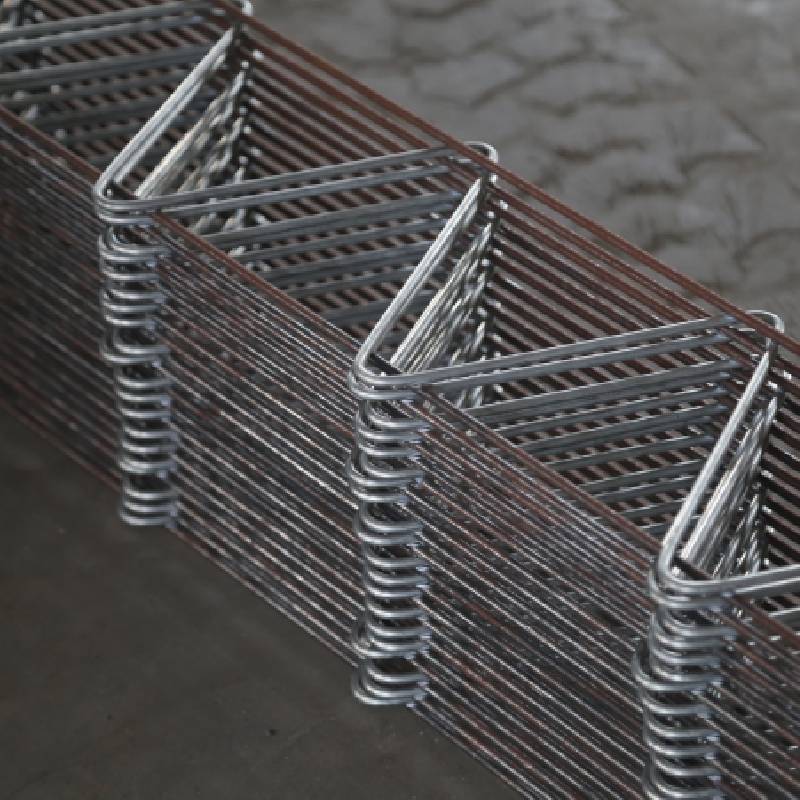
- Mobile Phone
- +8613931874955
- sales@cntcmetal.com
Understanding the Characteristics and Applications of Heavy Compression Springs
Understanding Heavy Compression Springs Applications and Benefits
Heavy compression springs are a vital component in various mechanical systems, providing essential support, cushioning, and energy storage. These springs are designed to handle substantial loads and are typically made from high-grade materials, allowing them to maintain their shape and functionality under extreme conditions. Understanding their design, applications, and advantages can help industries select the right spring for their needs.
Compression springs, in general, operate by resisting axial loads. When a force is applied to compress the spring, it generates a reaction force in the opposite direction, allowing it to return to its original length once the load is removed. Heavy compression springs are characterized by their thicker wire diameters and tighter coil spacing, which enables them to bear heavier weights without permanent deformation.
One of the primary applications of heavy compression springs is in the automotive industry. These springs are commonly found in shock absorbers, suspension systems, and engine components, where they help absorb shocks and maintain vehicle stability. By providing the necessary force to counteract the weight of the vehicle and the dynamics of movement, these springs contribute significantly to performance and safety.
heavy compression springs

In industrial machinery, heavy compression springs are employed in equipment such as presses, hoppers, and lifting devices. They play a crucial role in providing the necessary force for operations, ensuring that machines function efficiently and safely. Their durability and reliability make them essential for continuous operation in high-demand environments.
Another significant application is found in the aerospace sector. Heavy compression springs are used in landing gear systems and various control mechanisms, where they withstand not only substantial loads but also extreme environmental conditions. Their ability to maintain performance under such stress is critical for the safety and efficiency of aircraft operations.
Moreover, heavy compression springs offer advantages such as energy efficiency and long lifespan. They are designed to distribute loads evenly, which minimizes wear and tear over time, reducing the need for frequent replacements. This longevity results in lower maintenance costs and improved overall system reliability.
In conclusion, heavy compression springs are indispensable in various sectors, ranging from automotive to aerospace and industrial machinery. Their ability to perform under significant loads, coupled with their durability and functionality, makes them a crucial element in ensuring the efficiency and safety of countless applications. Understanding their characteristics and applications can aid businesses in making informed decisions when selecting components for their mechanical systems.
share:
-
Why Sacrificial Formwork Is Redefining Underground ConstructionNewsJun.06,2025
-
The Structural Dynamics of Modern Concrete: How Snake Spacers Revolutionize Flexible ReinforcementNewsJun.06,2025
-
Snake Spacers Smart-Lock Concrete Reinforcement with Surgical PrecisionNewsJun.06,2025
-
Snake Spacers: Reinforcement Precision for Modern Concrete ProjectsNewsJun.06,2025
-
Snake Spacers Powering Concrete's Structural DNANewsJun.06,2025
-
Slither into Success: Snake Spacers' Precision Bite for Unbreakable ReinforcementNewsJun.06,2025
-
Sacrificial Formwork: Building Stronger, Faster, and Safer StructuresNewsJun.06,2025



















